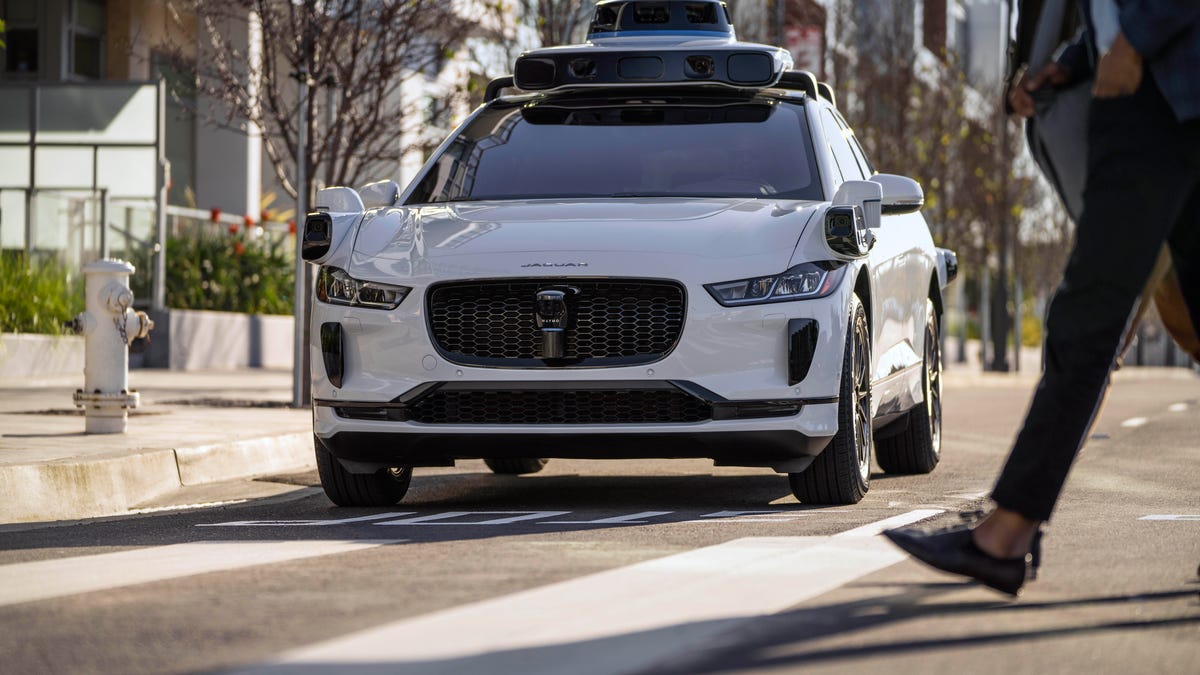UPDATE: Waymo has just announced the launch of its robotaxi service in London, marking a significant expansion of its autonomous vehicle operations. This move comes as the company prepares to establish fully self-driving services in the city by 2026.
In a statement released on Wednesday, Waymo confirmed it will begin rolling out vehicles with human drivers behind the wheel to lay the groundwork for comprehensive autonomous operations. The company is collaborating with local authorities and the UK Department for Transport to ensure compliance with necessary regulations.
Waymo, the self-driving division of Alphabet, has already made strides in the US, providing fully autonomous rides in cities like Phoenix, San Francisco, and Los Angeles. The introduction of its services in London marks Waymo’s second international expansion after Tokyo, where operations are still in the testing phase.
Waymo’s fleet currently includes 1,500 all-electric Jaguar I-Pace vehicles, which can be accessed through the Waymo app or Uber, depending on the location. This strategic expansion aims to address the growing demand for autonomous transportation, with additional cities like Nashville, New York, Denver, and Seattle also set to see Waymo vehicles soon.
In recent months, Waymo has ramped up its commercial ambitions, announcing plans for a new 239,000-square-foot manufacturing facility in Phoenix, which will be equipped to integrate its next-generation self-driving technology. The facility is expected to boost its fleet by an additional 2,000 vehicles.
Waymo’s approach to safety remains a priority, as the company reports that its autonomous driving technology has led to an impressive 88% reduction in severe crashes compared to human drivers over 71 million miles driven. However, the rollout has not been without challenges, with the company facing scrutiny over a few high-profile incidents involving its vehicles.
As Waymo’s presence in London grows, the company is also pushing for legislative changes that would enable fully autonomous rides without human oversight. The next few years will be crucial as Waymo navigates the complex landscape of international regulations and public perception of self-driving technology.
WHAT’S NEXT: Keep an eye on Waymo’s progress in London as they work to secure the necessary permissions for fully autonomous operations. With the groundwork being laid now, the next major milestone could redefine urban transport in one of the world’s busiest cities.
Waymo’s rapid expansion reflects a transformative shift in transportation, paving the way for a future where robotaxis become a commonplace option for urban commuters. As these developments unfold, the implications for personal mobility and public safety will be significant, making this a story worth following closely.
